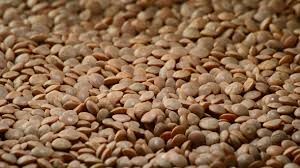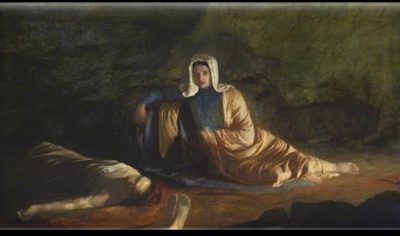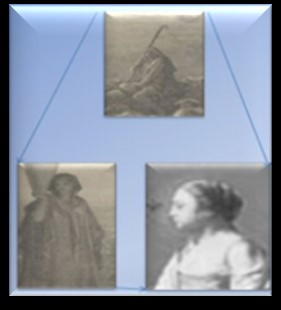Lentils Legumes

The Old Testament translated lentils or lentils as the smallest of the cultivated plants of the pea-family an annual legume. The seeds supply nutritious food, and are employed for making pottage, which is of a yellowish hue or reddish color. The red pottage which Jacob supplied to Esau, and for which the latter sold his birthright, was made of lentils. (Genesis 25: 29-34).
“Then Jacob gave Esau bread and pottage of; and he did eat and drink, and rose up, and went his way: thus Esau despised his birthright.” (Genesis 25: 34). Pottage is a thick soup or stew usually made with lentils and vegetables and spiced with several herbs. Lentils were cut like wheat, threshed, and then stewed to make a soup.
The pottage that Elisha made after he returned to Gilgal where there was a famine in that region. While the sons or company of the prophets was meeting with him, he said to his servant to put on the large pot and cook some pottage, for these men. One of them went out into the fields to gather herbs and found a wild vine. He gathered some of its gourds and filled the fold of his cloak. When he returned, he cut them up into the pot of pottage, though no one knew what they were. The pottage was poured out for the men, but as they began to eat it, they cried out, for the man of God, and told Elisha there is death in the pot! And they could not eat it. Elisha instructed them to get some flour. He put it into the pot and told them to serve it to the people to eat. And there was nothing harmful in the pot. (2 Kings 4:38-41).
When David fled from Absalom (2 Samuel 17:28) he was given lentils for food. Shammah, one of Davidís warriors, defended a patch of lentils against marauding Philistines. Lentils grew in fields. (2 Samuel 23:11).
Ezekiel was instructed by the LORD to make his bread from lentil and other flours. The harshness of the, three hundred and ninety days or 18 month siege of Jerusalem would make it necessary to mix all available grain; wheat, and barley, and beans, and lentils, and millet, and fitches, and put them in one vessel. (Ezekiel 4:9).
The seed of the lentils, used in a decoction (the process of boiling usually in water so as to extract the flavor), stops instabilities of the stomach and bowels. (Pliny the Elder. 1855. P. 5230). The lentils are the best when boiled and absorbs the most water. They injure the eye-sight, and inflate the stomach; but taken with the food, they act as an astringent upon the bowels, especially if they are thoroughly boiled in rain-water. When they are lightly boiled, they are used as a laxative. They break infected ulcers, and they cleanse and scarred ulcerations of the mouth. Applied topically, they relieve all kinds of abscesses, when ulcerated and chapped. Lentils were used for cholera and dysentery. Lentils are bad for the lungs, head-ache, all nervous affections, and bile, and are very apt to cause restlessness at night. (Pliny the Elder. 1855. P. 4448-4449).
A fairly good bread may be made from lentils and barley; this kind of bread is quite common in parts of Egypt where it is widely eaten by the poor. (Elwell. 1988. P. 1714).
References:
Elwell. Walter A and Beitzel, Barry J. (1988). Baker Encyclopedia of the Bible. Grand Rapids, MI: Baker Book House.
Pliny the Elder, (1855). The Natural History, ed. John Bostock. Medford, MA: Taylor and Francis, Red Lion Court, Fleet Street.
Cite Article Source
MLA Style Citation:
Holstein, Joanne “Lentils Legumes:.” Becker Bible Studies Library Feb 2015.< https://guidedbiblestudies.com/?p=2340,>.
APA Style Citation:
Holstein, Joanne (2015, February) “Lentils Legumes:.” Becker Bible Studies Library. Retrieved from https://guidedbiblestudies.com/?p=2340,.
Chicago Style Citation:
Holstein, Joanne (2015) “Lentils Legumes:.” Becker Bible Studies Library (February), https://guidedbiblestudies.com/?p=2340, (accessed).


